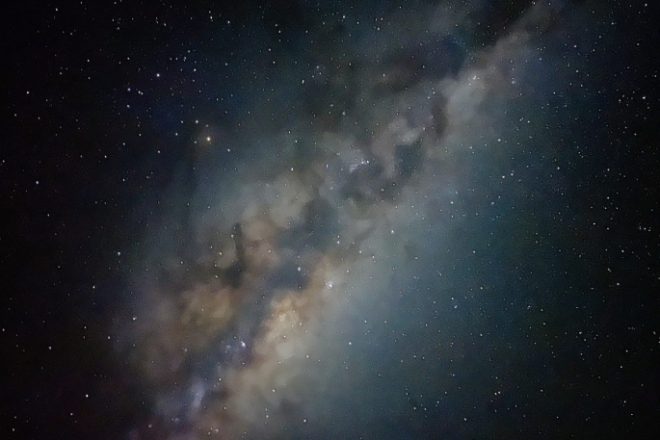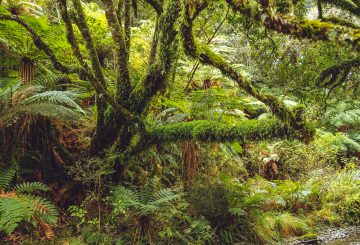맷 두시 (Matt Doocey) 뉴질랜드 관광부 장관은 별 관찰에 관심이 있는 해외 관광객을 유치하기 위해 뉴질랜드를 “어두운 하늘의 나라”로 만들 것을 제안했습니다.이 아이디어는 뉴질랜드 왕립천문학회의 지지를 받고 있습니다.이를 위해 뉴질랜드는 실외 조명과 같은 빛 공해를 줄여야 합니다.
뉴질랜드 관광청의 연구에 따르면 뉴질랜드를 찾는 잠재적 방문객의 70% 이상이 별 관찰에 관심이 있는 것으로 나타났습니다.관광하기에 가장 좋은 시기는 관광이 성수기가 아닌 성수기와 성수기인데, 이는 한산한 시기에 경제 성장을 가져올 수 있습니다.
Doocey는 이 계획이 뉴질랜드 농촌 지역에 일자리를 창출하고 성수기가 아닌 시기에 뉴질랜드를 홍보하는 데 도움이 될 수 있다고 믿습니다.엔터프라이즈 노스 캔터베리 (Enterprise North Canterbury) 가 의뢰한 보고서에 따르면 어두운 하늘 길을 이용하면 와이마카리리 지역에서 460만 달러의 관광객 지출이 발생하고 최대 24개의 일자리가 창출될 수 있습니다.
옥스포드 다크 스카이 그룹은 다양한 커뮤니티 및 정부 기관의 지원을 받아 이미 옥스퍼드 산림 보호 구역의 다크 스카이 파크 지위를 획득했습니다.이들은 현재 옥스퍼드 타운을 포함하는 밤하늘 보호구역 지위를 신청할 계획입니다.
다른 지역 관광 기관들도 캔터베리 전역에 밤하늘 트레일을 개발하기 위해 노력하고 있습니다.아오라키 매켄지 국제 밤하늘 보호구역은 2010년에 설립되었으며, 카이코우라 다크 스카이 트러스트가 밤하늘 보호구역 지위 신청을 앞두고 있습니다.Doocey는 이러한 계획을 장려하며 적은 비용으로 경제적 이익을 가져올 수 있다고 믿습니다.
뉴질랜드 왕립천문학회 사무국장인 라울 엘리아스-드라고 (Raul Elias-Drago) 는 아마도 자연보호부가 주도하는 국가적 접근이 필요하다고 믿고 있습니다.그는 또한 다가오는 테카포에서 열리는 뉴질랜드 스타라이트 컨퍼런스를 통해 밤하늘의 나라가 되는 것에 대한 더 많은 논의를 할 수 있기를 희망합니다.2020년, 니우에는 세계 최초로 국제 밤하늘 국가가 되었습니다.



















































(1)-360x245.jpg)









